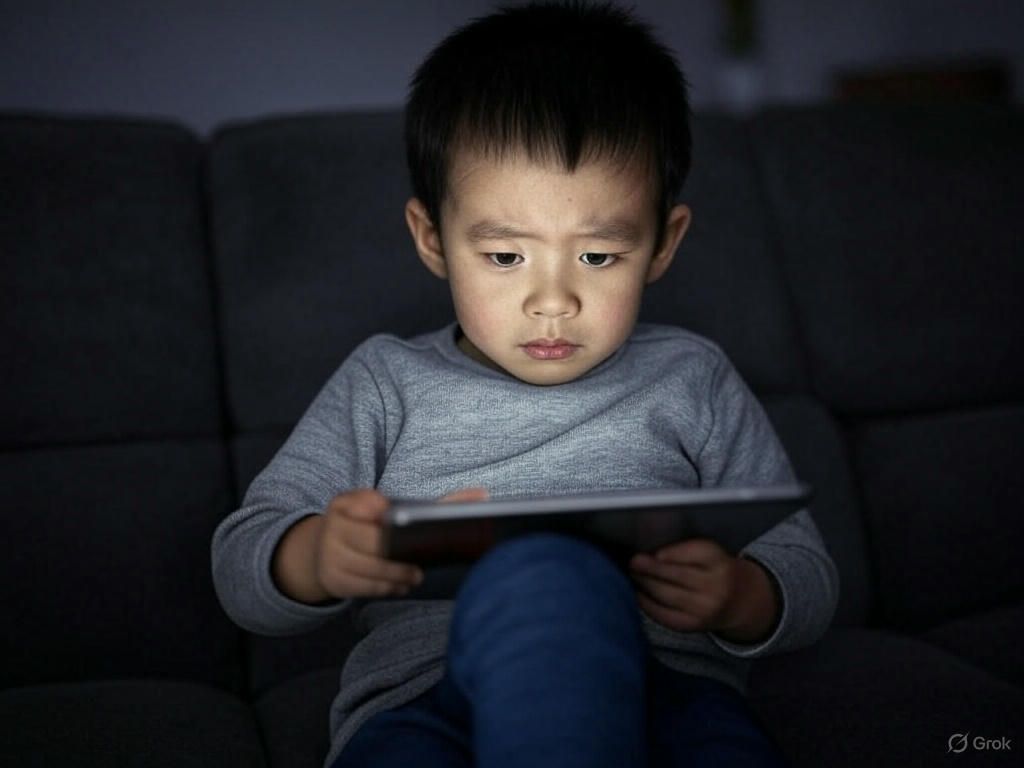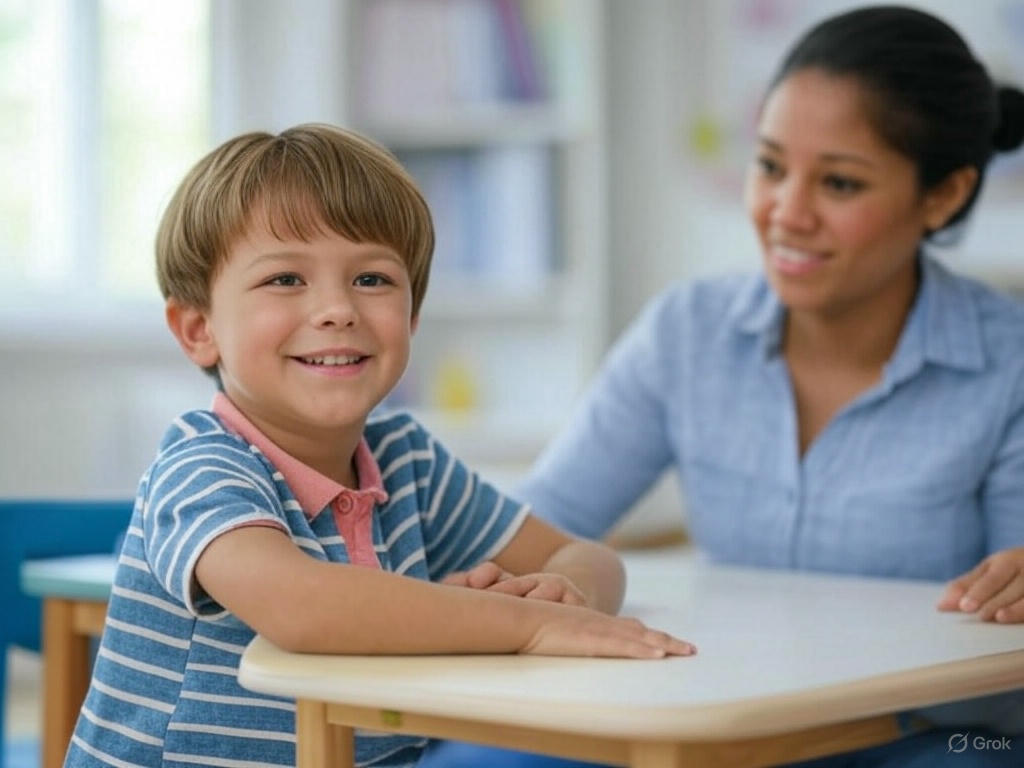Early Childhood Music Activities: Benefits, Ideas, and Tips
Introduction to Early Childhood Music Activities
Early childhood music activities play a vital role in nurturing a child’s development. From singing lullabies to exploring rhythm with percussion instruments, music provides a creative outlet for young minds. These activities are not only fun but also serve as a foundation for cognitive, emotional, and social growth.
Music is a universal language that transcends barriers, making it an ideal tool for engaging children of all abilities. Whether it’s through movement, storytelling, or improvisation, early childhood music activities can be tailored to suit individual needs and preferences.
Parents, educators, and caregivers can use music to create meaningful experiences that foster learning and bonding. By incorporating music into daily routines, children can develop essential skills while enjoying the process.
In this article, we will explore the benefits of early childhood music activities, provide practical ideas, and offer tips for choosing age-appropriate activities that inspire creativity and growth.
Benefits of Music in Early Childhood Development
Music has a profound impact on early childhood development. Studies show that children exposed to music from a young age exhibit improved cognitive abilities, including enhanced memory, language skills, and problem-solving capabilities.
Early childhood music activities also promote emotional well-being. Singing and listening to music can help children express their feelings, reduce stress, and build self-confidence. Music creates a safe space for emotional exploration and connection.
Social development is another key benefit. Group music activities encourage teamwork, communication, and empathy. Children learn to collaborate, share, and respect others’ contributions, fostering a sense of community.
Physical development is supported through movement and dance. Activities like clapping, stomping, and dancing improve motor skills, coordination, and spatial awareness, making music a holistic developmental tool.
Choosing Age-Appropriate Musical Activities
When selecting early childhood music activities, it’s essential to consider the child’s age and developmental stage. Infants benefit from soothing lullabies and gentle rhythms, which help them feel secure and calm.
Toddlers enjoy interactive activities like clapping games, simple songs, and exploring percussion instruments. These activities stimulate their curiosity and encourage active participation.
Preschoolers can engage in more complex musical activities, such as learning simple melodies, experimenting with sounds, and participating in group performances. These activities enhance their creativity and social skills.
For older children, improvisation and storytelling with music can be introduced. These activities challenge their imagination and allow them to express themselves in unique ways.
Singing and Vocal Play for Young Children
Singing is one of the most accessible and enjoyable early childhood music activities. Simple songs with repetitive lyrics and melodies are ideal for young children, as they are easy to learn and sing along to.
Vocal play, such as mimicking animal sounds or creating silly noises, encourages children to explore their voices and develop phonemic awareness. These activities lay the groundwork for language development.
Parents and caregivers can make singing a part of daily routines, such as singing during bath time or while cleaning up toys. This creates a positive association with music and makes mundane tasks more enjoyable.
Real-world example: A study published in the journal “Music Education Research” found that children who regularly engage in singing activities exhibit improved vocabulary and communication skills.
Exploring Rhythm Through Percussion Instruments
Rhythm is a fundamental aspect of music, and percussion instruments are perfect for introducing it to young children. Instruments like tambourines, drums, and maracas allow children to experiment with beats and patterns.
Early childhood music activities involving percussion instruments help develop a child’s sense of timing and coordination. They also provide an outlet for physical energy and creativity.
Parents can create DIY percussion instruments using everyday objects, such as pots and wooden spoons. This not only saves money but also adds an element of fun and innovation.
Case study: A preschool in California incorporated percussion activities into their curriculum and observed a 30% improvement in students’ motor skills and attention spans over six months.
Movement and Dance as Musical Expression
Movement and dance are integral to early childhood music activities. Dancing to music helps children connect with rhythms and express themselves physically.
Simple movements like clapping, stomping, and swaying can be introduced to infants and toddlers. As children grow, more complex dance routines can be taught to enhance their coordination and creativity.
Parents can encourage movement by playing upbeat songs and dancing together as a family. This not only promotes physical activity but also strengthens family bonds.
Statistics: According to the National Dance Education Organization, children who participate in dance activities show a 20% increase in physical fitness and emotional resilience.
Incorporating Storytelling with Music
Storytelling combined with music is a powerful way to engage young children. Narrating stories with background music or using songs to tell tales captures their imagination and attention.
Early childhood music activities that incorporate storytelling can be used to teach moral lessons, cultural traditions, or historical events in an engaging manner.
Parents can create their own musical stories or use popular children’s books with accompanying soundtracks. This adds an interactive element to reading time.
Example: The “Peter and the Wolf” musical story by Sergei Prokofiev is a classic example of storytelling with music that introduces children to orchestral instruments and narrative structure.
Using Everyday Objects to Create Sounds
Everyday objects can be transformed into musical instruments, making early childhood music activities accessible and affordable. Items like pots, pans, and rubber bands can be used to create unique sounds.
Encouraging children to experiment with household items fosters creativity and resourcefulness. It also teaches them that music can be found in unexpected places.
Parents can organize “sound scavenger hunts,” where children explore their surroundings to find objects that produce interesting noises. This activity combines music with problem-solving skills.
Real-world example: A kindergarten teacher in New York used recycled materials to create a classroom orchestra, demonstrating the versatility of everyday objects in music education.
Group Music Activities for Social Development
Group music activities are excellent for promoting social development in young children. Singing in a choir, playing in a band, or participating in musical games teaches teamwork and collaboration.
These activities also help children develop listening skills and respect for others’ contributions. They learn to work together towards a common goal, fostering a sense of community.
Parents can organize playdates centered around music, such as group sing-alongs or rhythm games. This provides an opportunity for children to bond and make friends.
Statistics: Research from the University of Toronto found that children who participate in group music activities are 25% more likely to exhibit prosocial behaviors, such as sharing and helping others.
Encouraging Creativity Through Improvisation
Improvisation is a key component of early childhood music activities that nurtures creativity. Allowing children to create their own melodies or rhythms encourages self-expression and innovation.
Parents can provide simple instruments or objects and let children experiment freely. This unstructured play helps them develop confidence in their abilities.
Improvisation can also be incorporated into storytelling or group activities, where children take turns adding their own musical ideas to a shared composition.
Example: Jazz musician Wynton Marsalis emphasizes the importance of improvisation in music education, stating that it teaches children to think critically and adapt to new situations.
Conclusion
Early childhood music activities are a powerful tool for fostering development, creativity, and social skills in young children. From singing and rhythm exploration to storytelling and improvisation, these activities provide a holistic approach to learning and growth.
By choosing age-appropriate activities and incorporating music into daily routines, parents and educators can create meaningful experiences that inspire children to explore their potential.
Whether it’s through group activities, movement, or using everyday objects, early childhood music activities offer endless possibilities for engagement and fun.
Start incorporating music into your child’s life today and witness the transformative impact it can have on their development. For more resources on inclusive education and disability screening, visit Prashast.org.
FAQ: Early Childhood Music Activities
- What are early childhood music activities?
- Early childhood music activities are interactive experiences that involve singing, rhythm exploration, movement, storytelling, and improvisation to support a child’s development.
- How do music activities benefit young children?
- Music activities enhance cognitive, emotional, social, and physical development. They improve memory, language skills, motor coordination, and foster creativity and teamwork.
- What are some examples of age-appropriate music activities?
- For infants, lullabies and gentle rhythms are ideal. Toddlers enjoy clapping games and percussion instruments, while preschoolers can engage in storytelling with music and group performances.
- Can everyday objects be used for music activities?
- Yes, everyday objects like pots, pans, and rubber bands can be transformed into musical instruments, making music activities accessible and fun for children.



